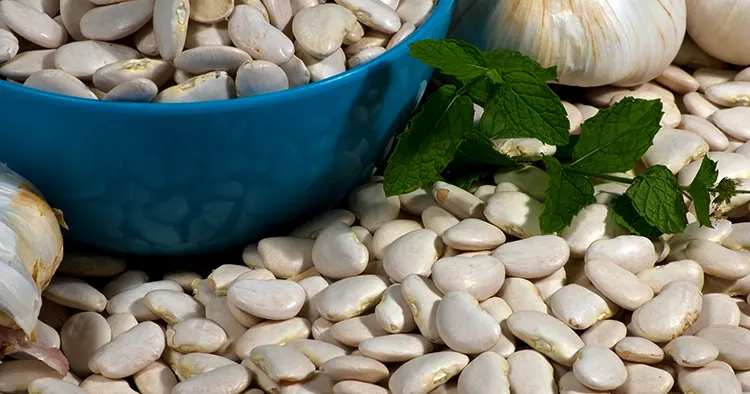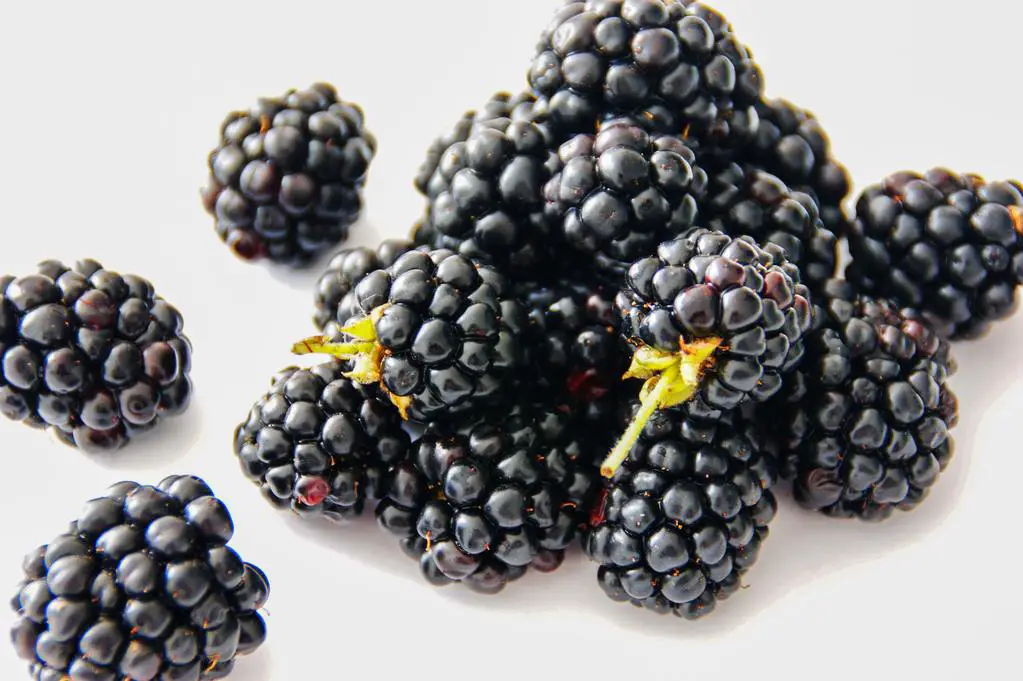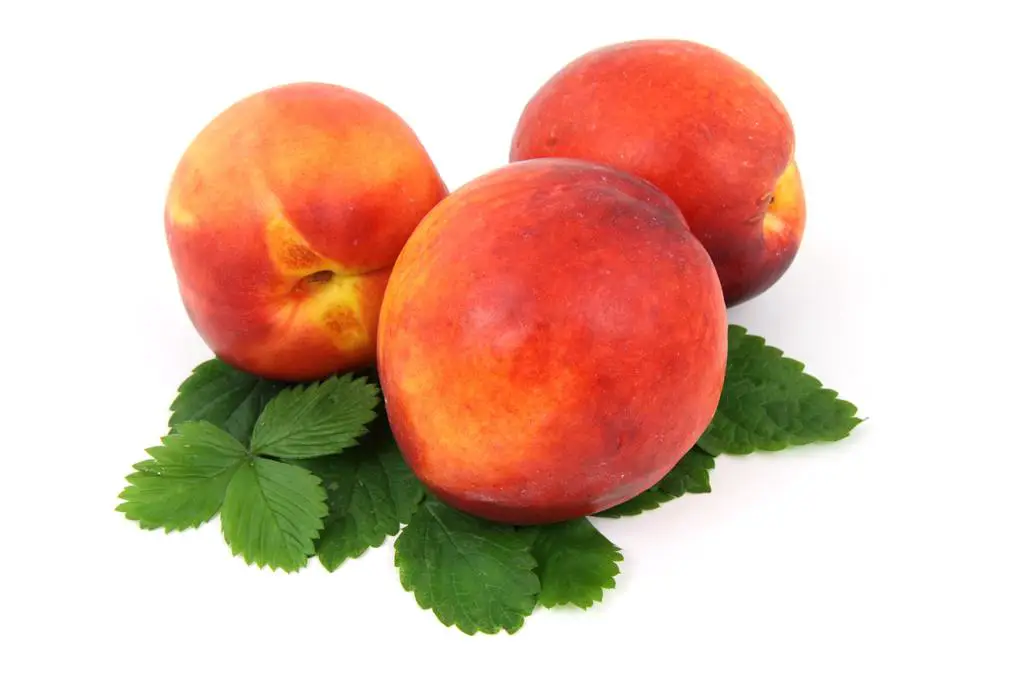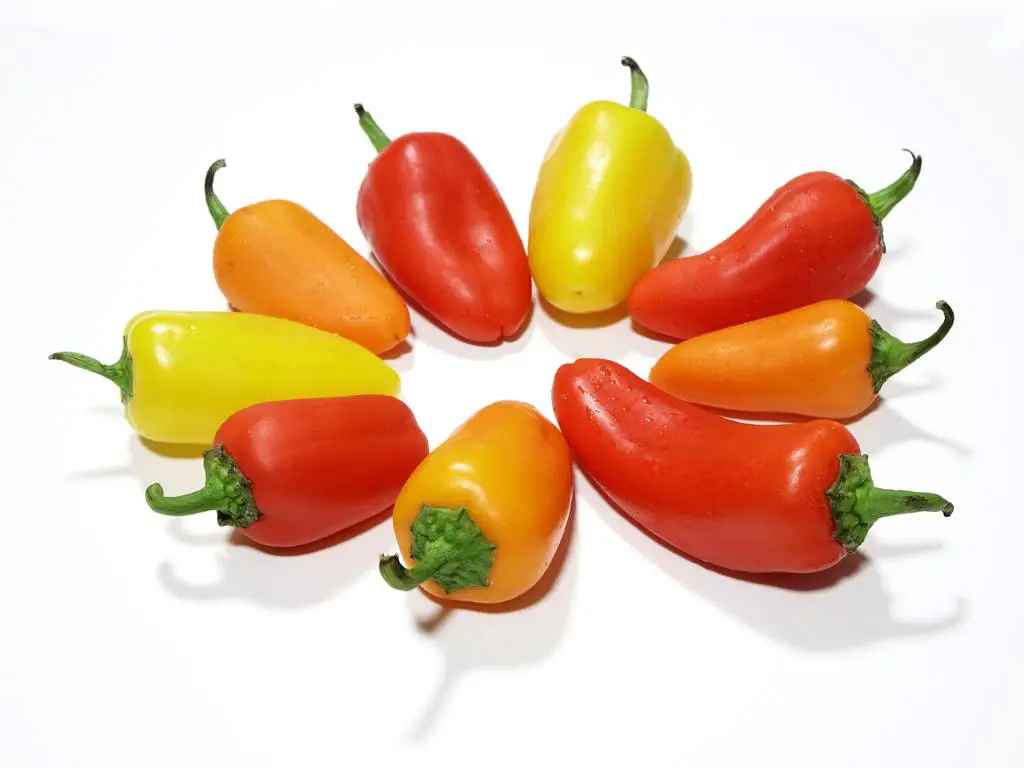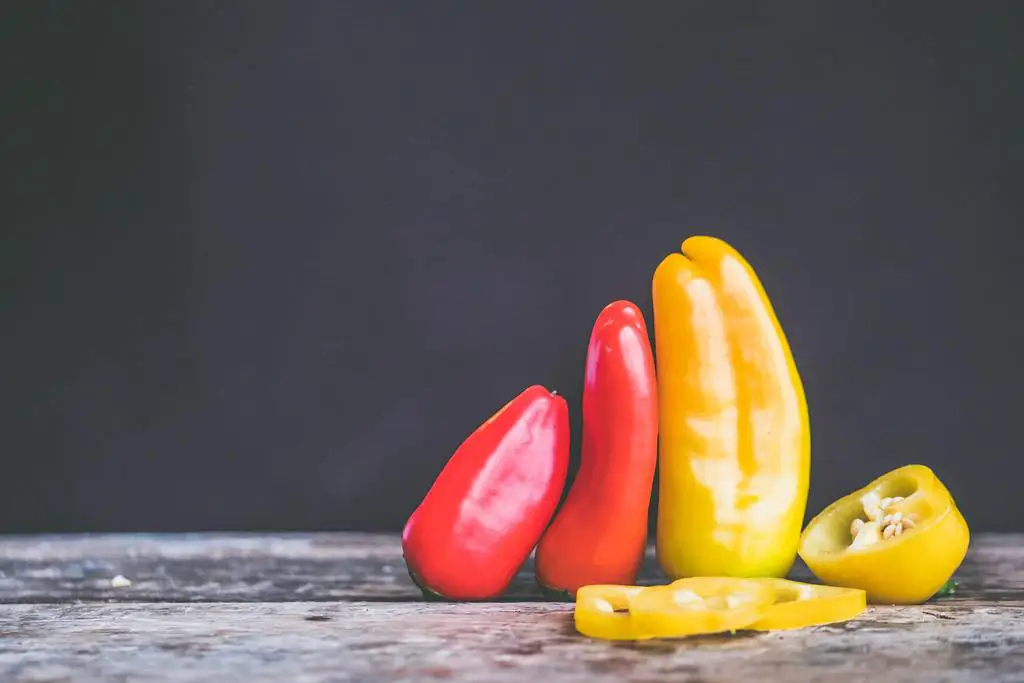Dried lima beans are an excellent addition to your pantry as they keep well if they are kept in a sealed container. On the other hand, when you want to use them in a dish, you will need to allot enough time to properly soak and then cook them until tender. This is not difficult, but it is time consuming. Canning dried lima beans eliminates the necessity of soaking them so that you can just pop open a jar and heat them up, or add the lima beans straight into a recipe.
Lima beans come in many varieties and shapes, but the canning process for all of these is the same.
Table of Contents
How Many Beans do I Need?
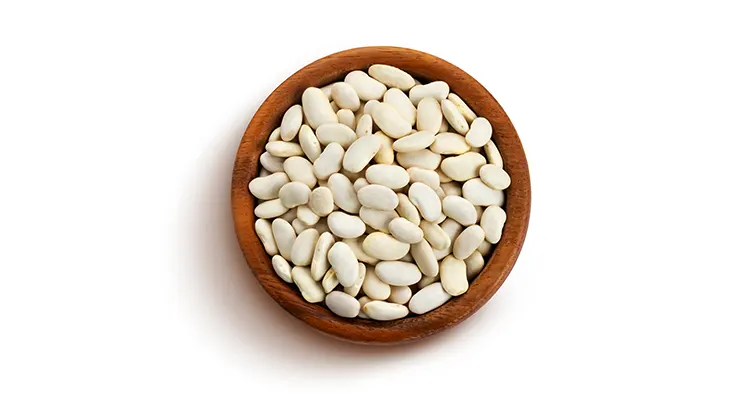
You will need 28 pounds (12.7 kilograms) of shelled fresh beans to can 7 quarts (6.62 liters). Or, you will need 18 pounds (8.1 kilograms) of fresh beans to can 9 pints (4.25 liters). There is an average of 4 pounds (1.8 kilograms) per quart and 2 pounds (.9 kilograms) per pint.
Canning in quart or pint jars is a personal preference. Depending on the size of your family, pint-size is good for side dishes. Quart sizes are great for soups, stews, and main dishes.
Note: you don’t have to wait until you gather 18 or 28 pounds of beans to can. Can what you have!
Preparing Dried Lima Beans
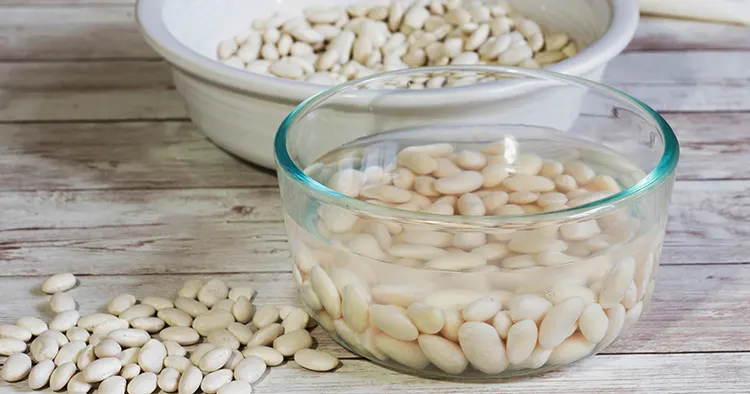
Lima beans grow on a vine. If you are lucky enough to have them growing in your garden, you can either leave them on the vine to dry, or pick them and let them dry in the pods over time. You will eventually remove them from the pods and can either place them in an airtight container, or pressure can them.
Dried lima beans can also be purchased from the grocery store, a local farmer, or through a mail-order source.
Whichever way you choose, follow these next steps on how to prepare your lima beans for canning:
- Rinse the beans in cool water to remove any dirt or debris. This is always an important step as the picking and packing process of beans-for-purchase may leave a small piece of stem or a rock amongst the beans.
- Toss out the beans that appear shrivelled or discolored.
- Soak the beans in cool water for around 12-18 hours. This is not exact, and doesn’t need to be. You can cover the bowl and leave it out overnight. This step rehydrates the beans, makes them safe to consume, and increases nutrient absorption.
- Pour out the soaking water and rinse the beans again.
Hot or Cold Pack
At this point, you can either choose to cook them a little more or place them straight into the jars. Either way, you will get a quality product. The beans are cooked more in the pressure canner.
Cold pack – place the raw beans straight into sterilized jars.
Hot pack – place the beans in a pot and cover them with boiling water. Heat to a boil. Strain the beans and place the hot beans into sterilized jars.
- Add boiling water to within 1 inch of the top of the pint jars. Leave 1 ¼ inches of space at the top of quart jars if your beans are larger. Leave 1 ½ inches of space at the top of quart jars if the beans are smaller.
- Add one teaspoon of salt to each jar if you like, but this is not necessary at all.
Gather Your Canning Supplies
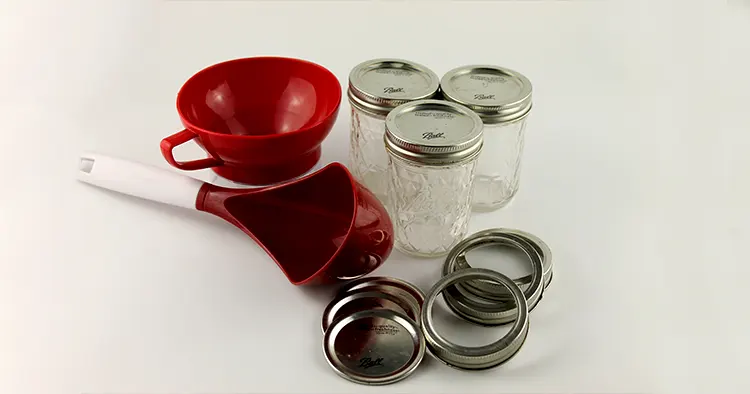
In addition to your green beans, have all of these supplies ready on a clean counter.
- Pressure Canner
- Large Saucepan
- Canning Jars
- Canning Lids and Rings
- Magnetic Lid Lifter
- Funnel
- Bubble Popper
- Jar Lifter
- Clean Towels
Note: If you are entirely new to pressure canning, please refer to this Start Guide.
Prepare the Pressure Canner
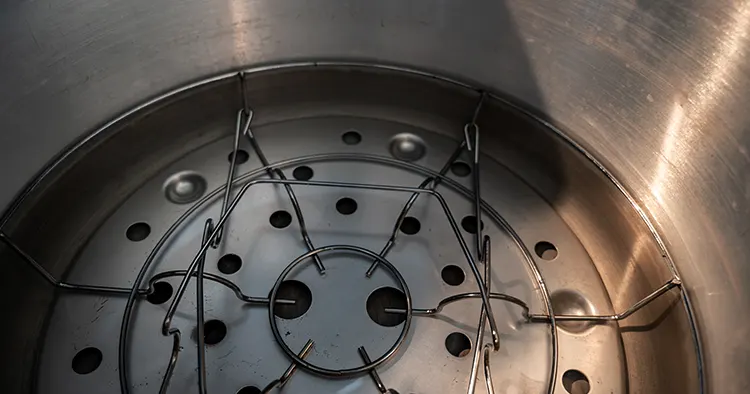
Place the metal rack in the bottom of the canner and add about 3 quarts of water. Heat the water to a simmer. You don’t need the lid on at this point.
Heating the water does two things. Firstly, hot water will build pressure quickly when you put the lid on the pressure canner and start processing. Secondly, you always want to place your hot jars into hot water for safety. (Temperature differences can cause canning jars to break.)
Sterilize the Jars and Lids
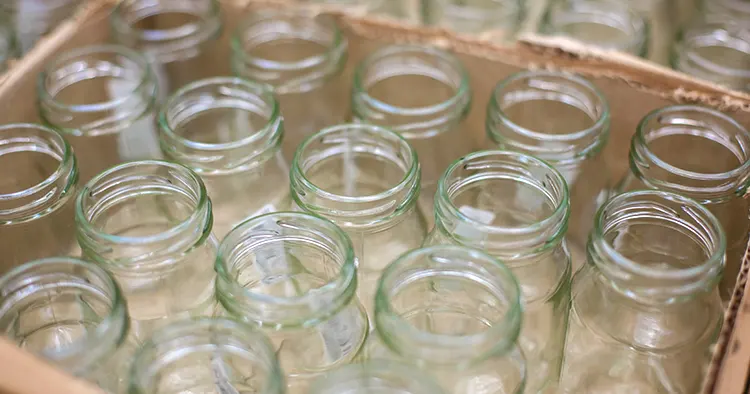
Your jars need to be clean and hot. You can do this in several ways.
- Sterilize jars in the oven at 200 degrees F for 20 minutes.
- Sterilize jars in boiling water for 10 minutes.
- Run them through the dishwasher and keep them on the warm cycle until they are ready for canning. Make sure your dishwasher rinses the jars very well.
Place your lids and rings in a pan of hot water and bring them to a simmer.
Canning Dried Lima Beans
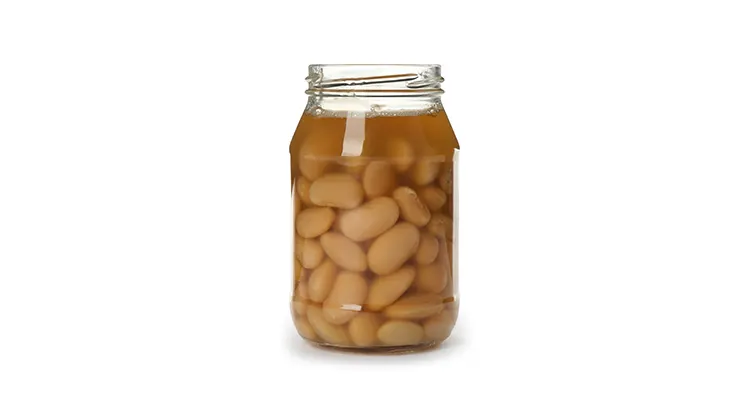
- Remove your jars from the oven, hot water bath, or dishwasher.
- Fill your jars with beans (hot or cold). Using a funnel will ensure a neater process. To get the most beans into the jar, use a slotted spoon and add the beans. Then add boiling water until the jar is filled up to 1-inch from the top of the jar.
- At this point, you can add salt to the jar for flavor, but it is not necessary—1 teaspoon per quart and ½ teaspoon per pint.
- Using the bubble popper, remove any air bubbles that may be in the jar.
- Wipe the top of the jars with a wet and then dry rag. Make sure there are no food particles on the rim of the jar.
- Add the lids and rings. (Use the magnetic lid lifter to handle the lids and rings, as they will be hot!) The rings should be tightened just until you feel resistance. Do not over-tighten.
- Place the jars in the pressure canner using the jar lifter.
- Make sure the water in the pressure canner is at least one inch above the top of the jars. (Add hot water from the tap if needed.)
Processing Time
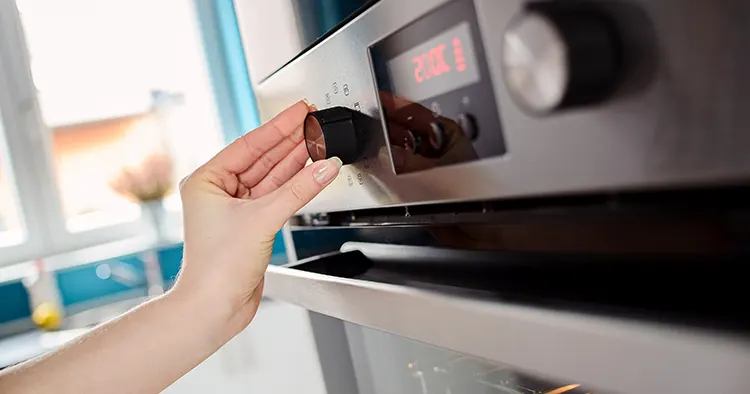
Place the top on the canner and turn on the heat.
Once the gauge starts rocking, start the timer.
Process the jars for the time required (see the table below for guidance). For more information about canning at altitude, check out our Pressure Canning Altitude Chart.
Here are some general guidelines:
If you have a dial gauge
Jar Size: Pints
Time: 75 Minutes
0-2,000 Feet Altitude: 11 lbs PSI
2,001 – 4,000 Feet Altitude: 12 lbs PSI
4,000 – 6,000 Feet Altitude: 13 lbs PSI
6,001 – 8,000 Feet Altitude: 14 lbs PSI
Jar Size: Quarts
Time: 90 Minutes
0-2,000 Feet Altitude: 11 lbs PSI
2,001 – 4,000 Feet Altitude: 12 lbs PSI
4,000 – 6,000 Feet Altitude: 13 lbs PSI
6,001 – 8,000 Feet Altitude: 14 lbs PSI
If you have a weighted gauge
Jar Size: Pints
Time: 75 Minutes
0 – 1,000 Feet Altitude: 10 lbs of pressure
Above 1,000 Feet Altitude: 15 lbs of pressure
Jar Size: Quarts
Time: 90 Minutes
0 – 1,000 Feet Altitude: 10 lbs of pressure
Above 1,000 Feet Altitude: 15 lbs of pressure
Source: National Center for Home Food Preservation
Once the time has elapsed, turn off the heat and allow the pressure canner to release steam naturally.
Once it is safe, remove the lid off the pressure canner and use the tongs to place the jars on a clean towel to cool completely.
Check the Seals and Store
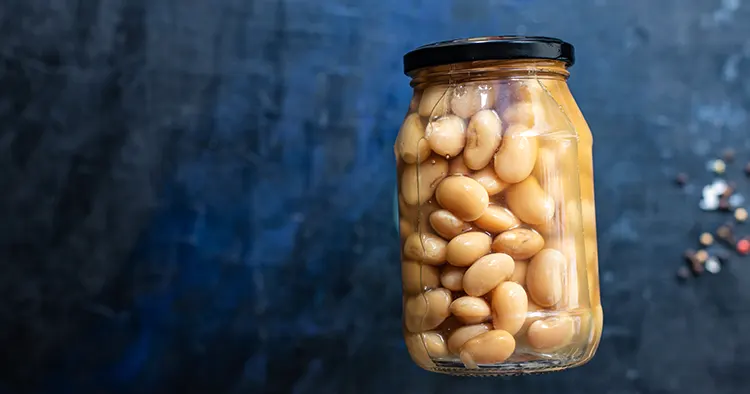
After the processing time has elapsed, remove the pressure canner from the heat and allow the pressure to dissipate slowly. Again, you will want to check your pressure canner manual for exact procedures on how long to wait to release the steam.
When it is safe, remove the pressure canner lid and use tongs to remove the jars from the hot water. Place them on a towel and allow them to cool completely.
Check to see if the jars have been sealed. If they haven’t, put that jar in the fridge and eat it within a few days.
If the jars have sealed properly, place the canned green beans in the pantry for use in the next 12 months.
Note: It is not unusual for beans to soak up some of the boiling water in the jars. This is not a cause to worry; the beans are vacuum sealed and will stay fresh and moist.
Enjoy Your Canned Dried Lima Beans
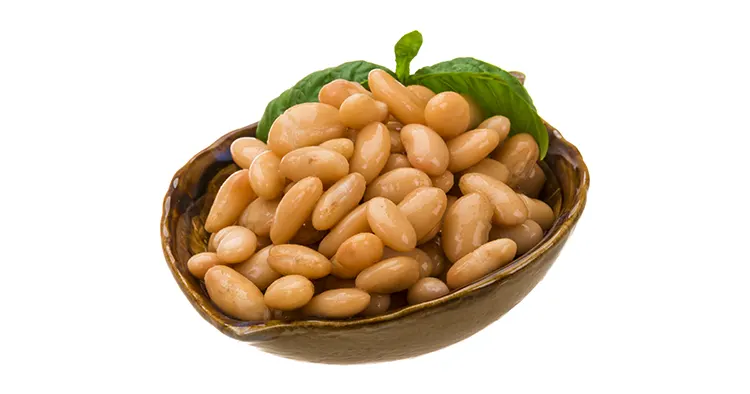
Canning dried lima beans is easy and the beans are far more nutritious and cost-effective than buying all those little cans from the store. You can use them in a wide variety of dishes, and they are a great way of adding fiber and versatility to your diet. After you try canning dried lima beans, let us know how it works!
